The PERFECT Woman Around The World
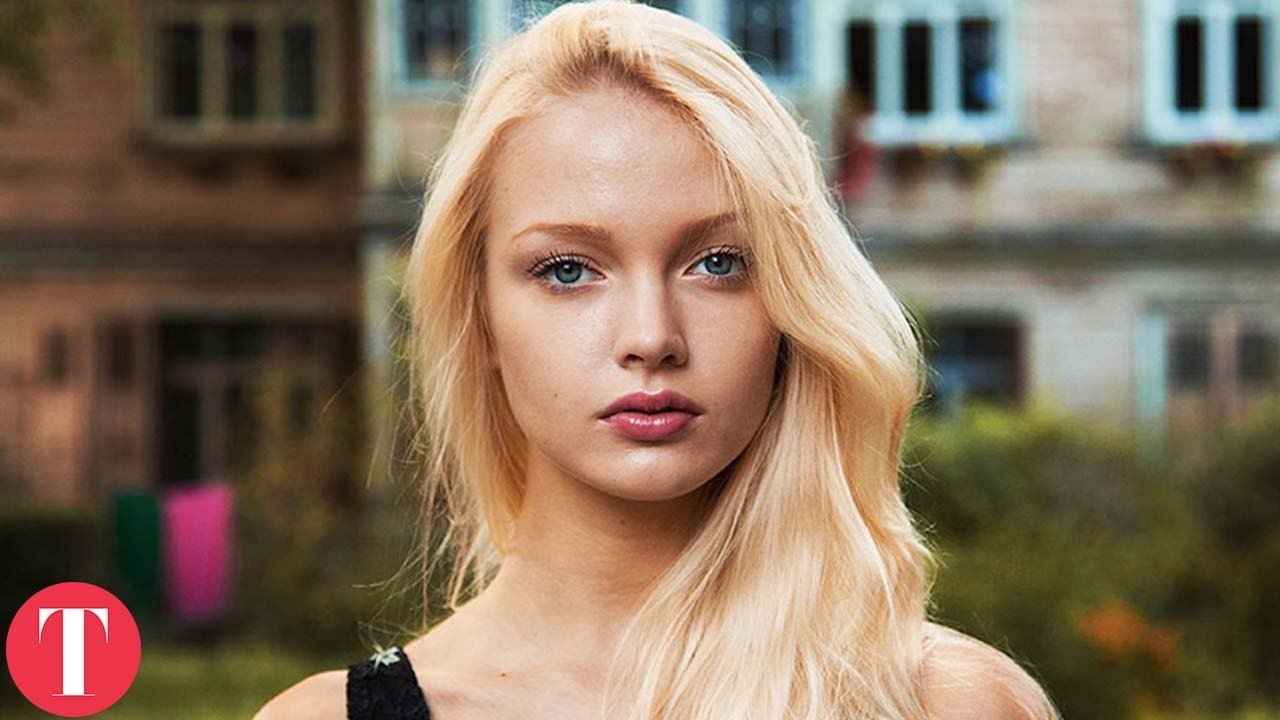
Beauty standards have always been a topic of fascination and discussion globally.
Everyone has their own perception of beauty, and it varies from culture to culture and country to country. What is considered beautiful in one part of the world may not be in another. Throughout history, beauty standards have always evolved and adapted, influenced by a variety of factors such as culture, religion, history, and media.
In the Western world, there is a general consensus on what is considered beautiful. The ideal of beauty is often portrayed as tall, slim, with perfect skin, and symmetrical features. This standard of beauty is heavily influenced by the media, where the runway models, actresses, and pop stars embody this ideal. Many young girls and women strive to achieve this standard, often resorting to drastic measures to meet it. However, the Western world is not the sole defining factor of beauty standards.
In East Asian countries like South Korea, Japan, and China, there is a different perception of beauty. Here, the concept of beauty is strongly influenced by Confucianism, which places a high value on modesty, femininity, and docility. As a result, women with fair, porcelain-like skin, a small, heart-shaped face, and a slim figure are considered beautiful. The popular trend of Korean skincare and makeup has also influenced beauty standards globally, with its emphasis on achieving flawless, youthful, and pale skin.
In South Asian countries like India and Sri Lanka, there is a strong preference for fair skin, particularly in women. This standard of beauty is deeply rooted in colonialism, where the British colonizers deemed fair skin as superior to darker skin. This notion has been ingrained in the minds of generations and has resulted in a multi-billion dollar industry in skin-whitening products. However, there has been a recent pushback against this standard, with many women embracing their natural skin tones and advocating for diversity in the beauty industry.
In African countries, the concept of beauty is diverse and celebrates a variety of physical features. In some cultures, full figures, with curves, are considered attractive, while in others, elongated necks, stretched earlobes, and facial scarification are seen as desirable traits. The definition of beauty in African countries is deeply rooted in tradition and cultural heritage, rejecting the Western ideal of beauty.
In Middle Eastern countries, modesty and femininity are highly valued, and this reflects in their beauty standards. Women are often expected to have long, dark hair, clear, glowing skin, and a slim figure. However, there is also a growing trend of embracing traditional features, such as dark, thick eyebrows, and strong, defined features.
It is important to note that these are broad generalizations and do not represent every individual in these regions. With the rise of social media and internet connectivity, beauty standards are becoming more globalized, and there is a growing acceptance and celebration of diversity in beauty. There is a push for more representation in the media, with individuals of different sizes, genders, and ethnicities being included in mainstream beauty campaigns.
In conclusion, beauty standards differ around the world, shaped by cultural, societal, and historical influences. However, with the rise of inclusivity and diversity, there is a shift towards embracing individuality and rejecting unrealistic and homogeneous beauty standards. Beauty should be celebrated in all its forms and should not be limited by one narrow definition. As the saying goes, “beauty is in the eye of the beholder,” and that beholder can come from any corner of the world.



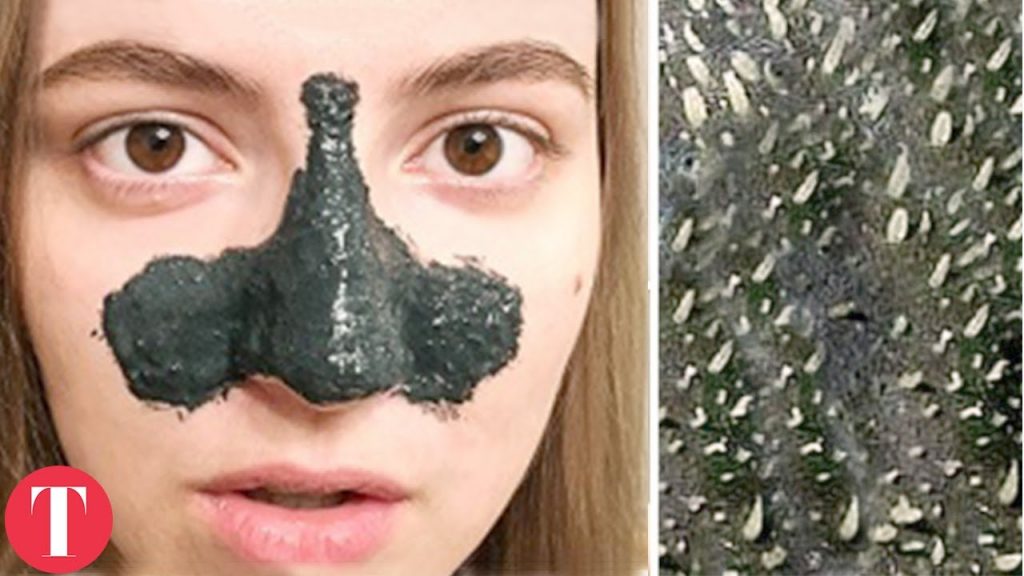
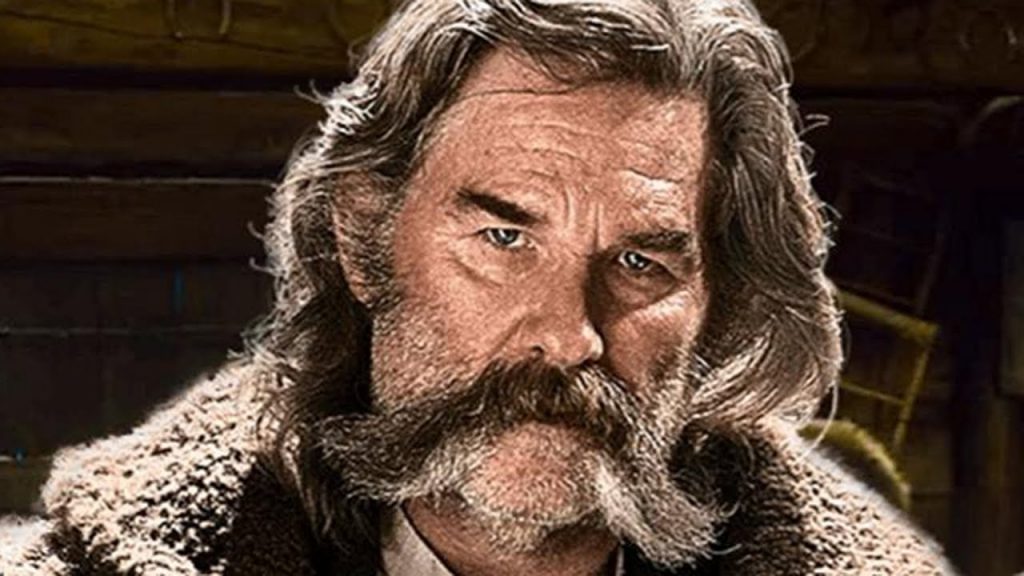

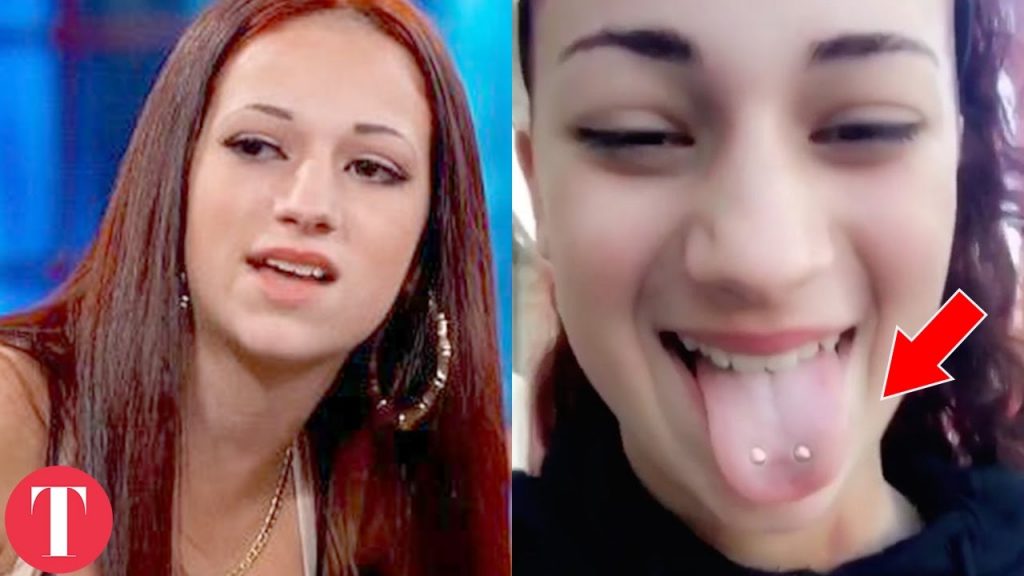
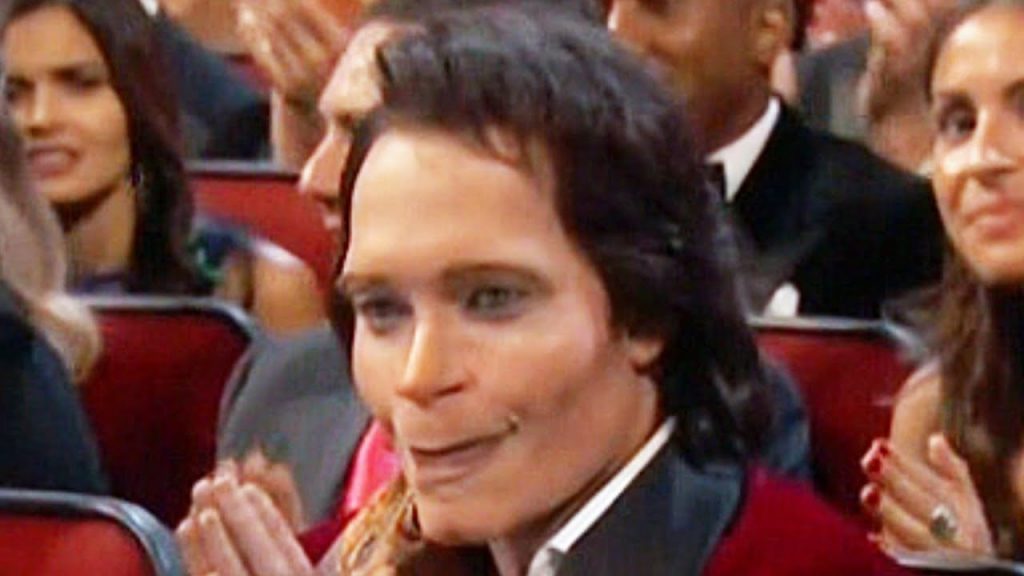

Stars With The Most Ridiculous Daily Routines
Stars Who Completely Vanished After Their Massive Movie Flopped
Jacob Tremblay Does His Best Seth Rogen and Arnold Schwarzenegger Impressions
Beyonce And Jay Z Are Over Their Friendship With Kim And Kanye
The Real Reason Why Meg Ryan’s Career Was Destroyed